In today’s retail landscape, omnichannel experiences are no longer optional; they’re expected. Customers interact with brands across multiple platforms: in-store, online, on mobile apps, and through third-party marketplaces. Ensuring consistency, reliability, and performance across all these touchpoints is a major challenge for QA teams. Manual testing just can’t keep up with the scale and complexity. That’s where QE360 comes, in enabling retail brands to streamline omnichannel testing through intelligent automation, self-healing capabilities, and no-code workflows.
Omnichannel testing is no longer a QA problem, it's imperative for business.
Key challenges in retail omnichannel testing
Retail systems span multiple technologies, backends, and customer journeys. This creates a fragmented QA environment with a number of pain points:
- Disconnected customer journeys across channels
Customers may start browsing on mobile, place an order on desktop, and request a return in-store. Testing these fluid transitions requires stitching together workflows across platforms, which is difficult to manage manually. - Frequent UI and backend changes
In retail, promotions, product catalogs, and content change constantly. Even minor adjustments—like a layout redesign, API change, or backend pricing logic update—can disrupt existing test scripts and lead to failures if not promptly addressed. - Third-party integrations add complexity
Retail platforms often rely on external systems, payment gateways, delivery APIs, and loyalty systems, each introducing variables that are hard to control or replicate in test environments. - Limited coverage, high risk
Manual or code-based test approaches typically focus only on key flows, leaving edge cases and integrations under-tested, increasing the chance of critical failures during peak sales.
How QE360 streamlines omnichannel testing
QE360 is designed for high-velocity retail environments where customer experience is paramount. Its low-code, self-healing test automation platform helps QA teams keep pace with retail innovation without writing brittle code or struggling with maintenance.
- Unified test coverage across channels
QE360 supports testing across web, mobile, APIs, POS systems, and databases all from a single platform. Whether you're testing a mobile checkout, validating payment confirmation APIs, or reconciling orders in the backend, QE360 handles it seamlessly.
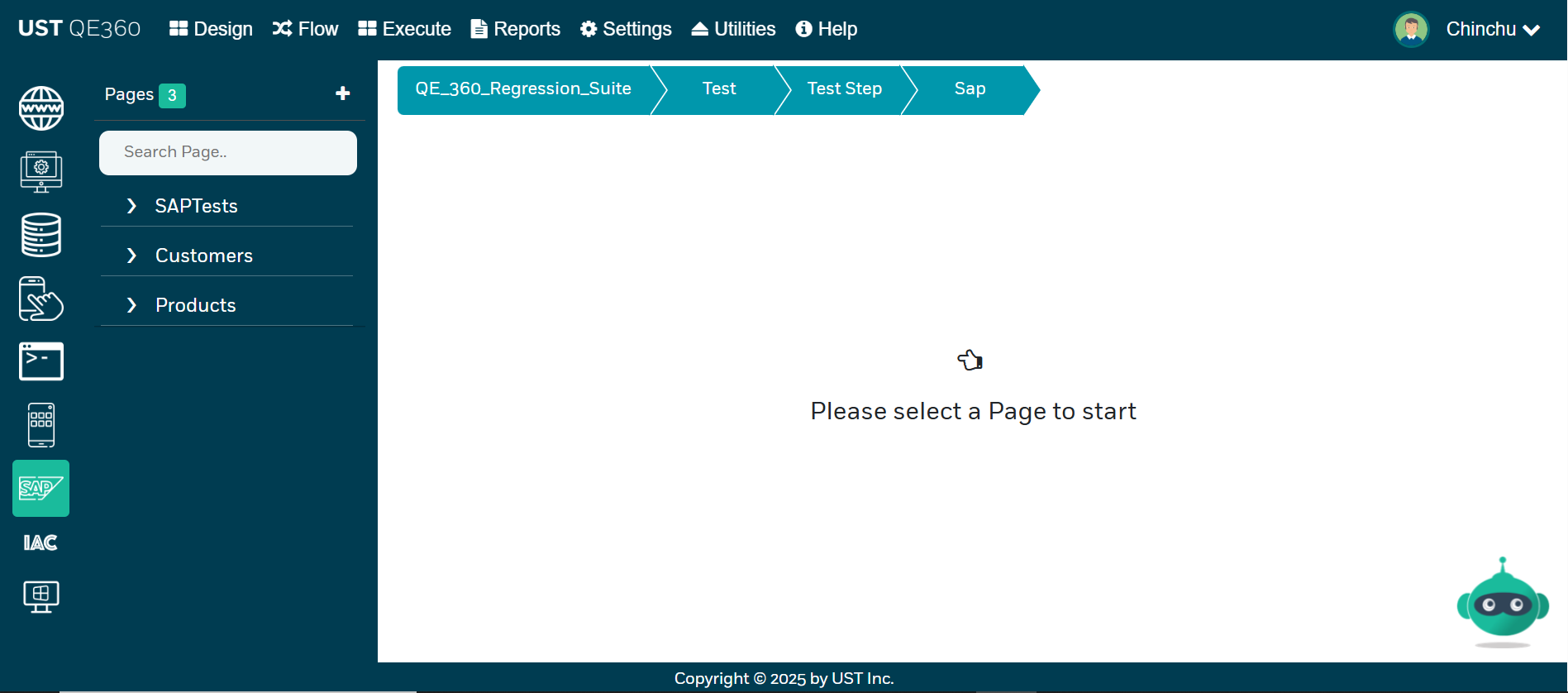
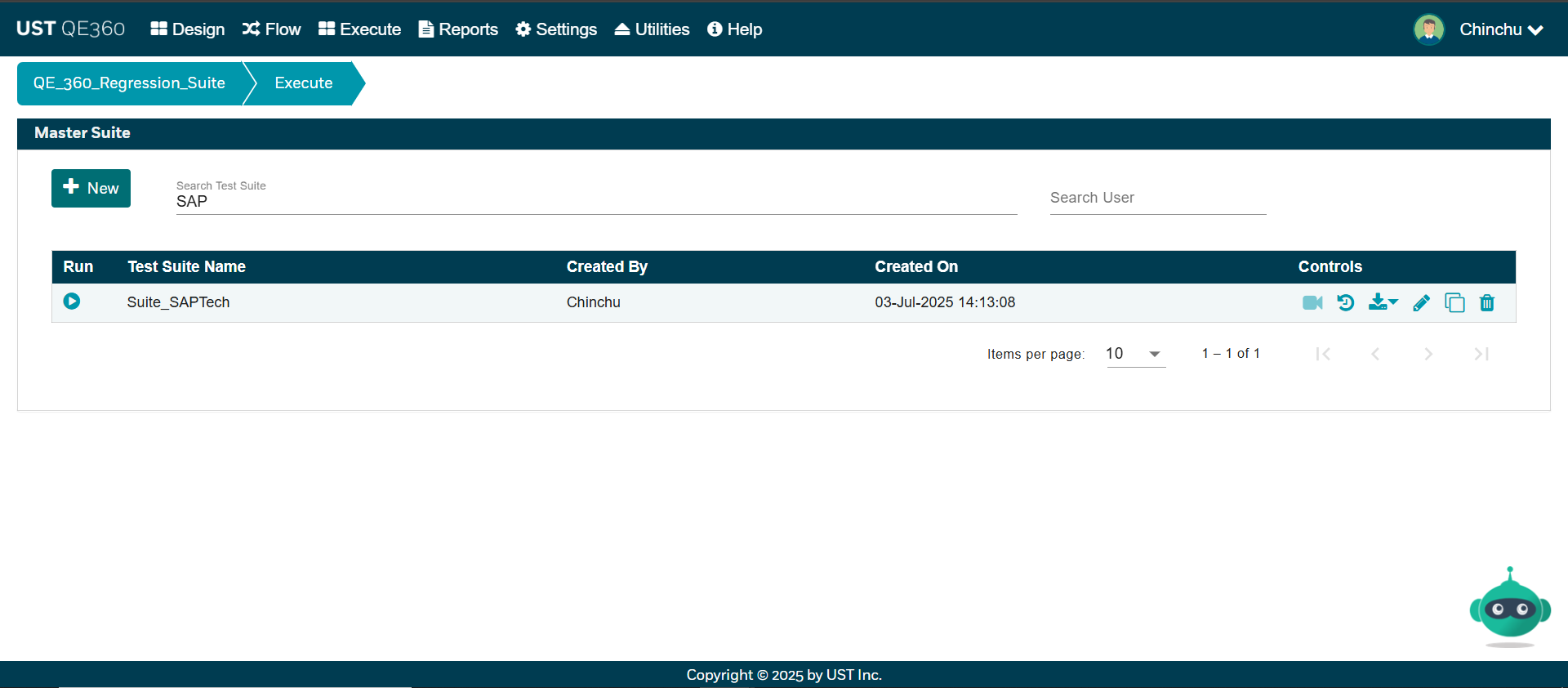
- Scriptless automation for business users
Retail business teams can easily create test cases using QE360’s visual, drag-and-drop interface. No coding skills are required. This democratizes test creation, reduces reliance on technical experts, and allows teams to move faster.

- Reusable components for crosschannel consistency
With QE360, you can build reusable test components (e.g., login, cart operations, order placement) and apply them across desktop, mobile, and kiosk interfaces ensuring test coverage without duplicating effort.
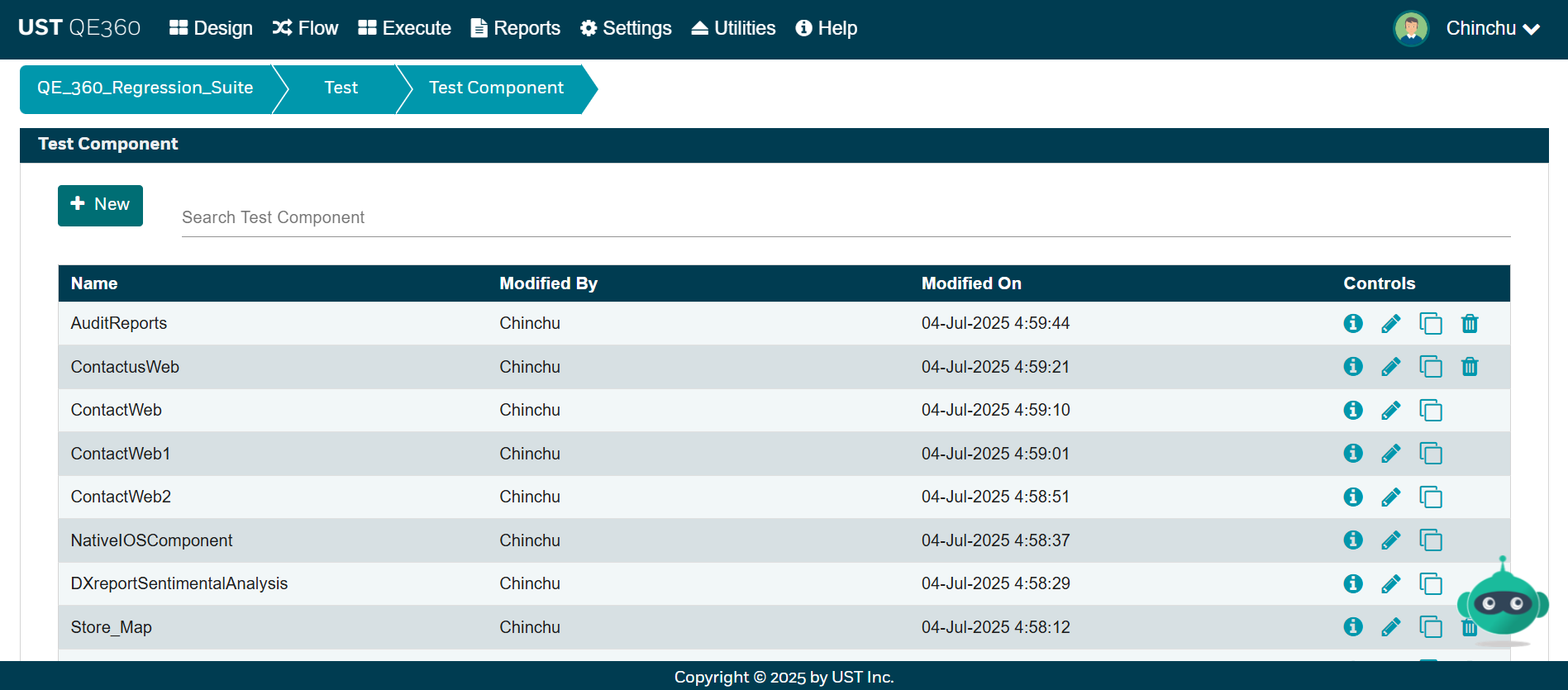
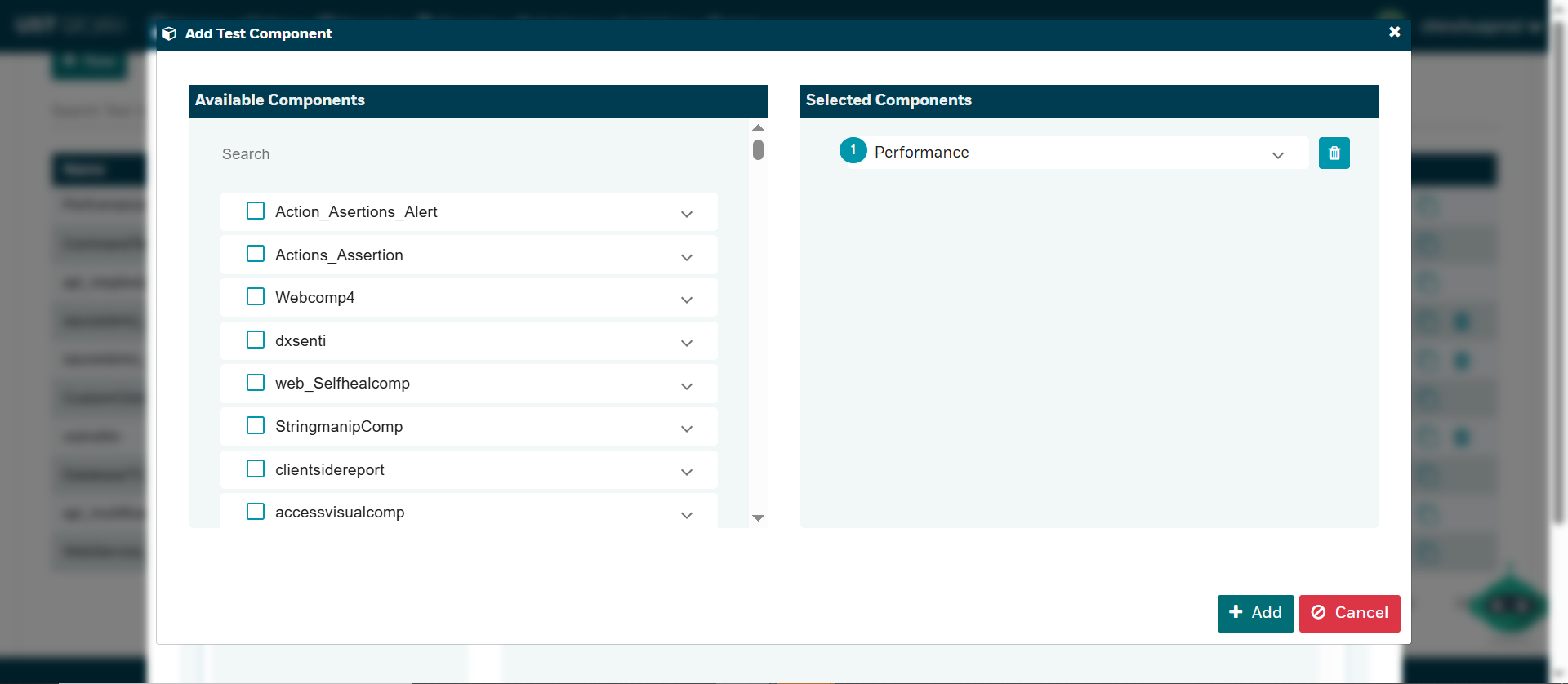
- Self-healing automation
Retail platforms change constantly. QE360’s self-healing engine adapts to these changes in real time by detecting updates in UI elements and automatically adjusting locators, reducing test flakiness and maintenance burden.
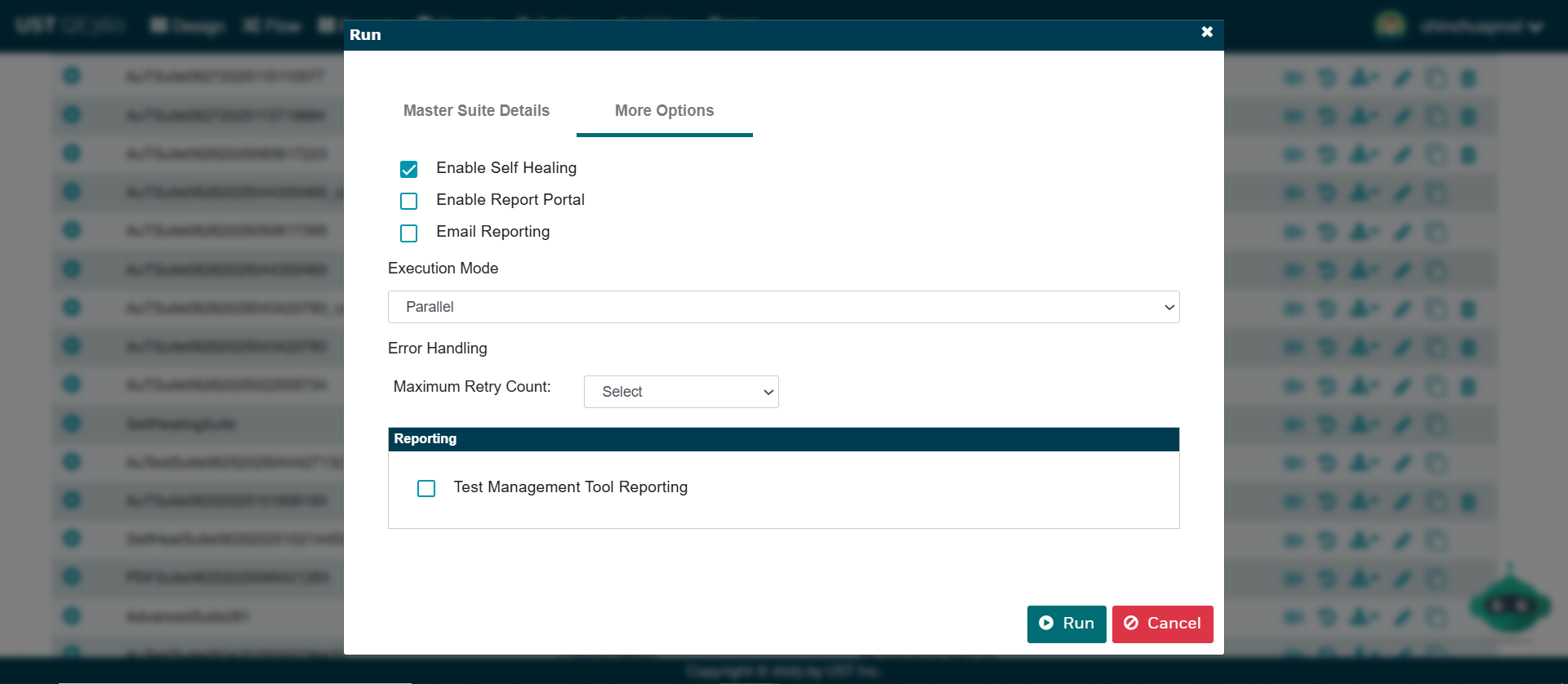
Benefits for retail QA teams and the business
Implementing QE360 in a retail omnichannel setup unlocks powerful benefits:
- Consistent customer experience testing
Ensure seamless and reliable user journeys across all touchpoints from discovery to checkout and post-sale engagement. - Faster release cycles
QE360 integrates with CI/CD pipelines and supports concurrent test execution, enabling rapid validation of frequent changes without slowing release velocity. - Reduced testing costs
Automating test creation and maintenance means less time spent writing scripts or fixing broken tests and more time expanding coverage or running regressions. - Improved peak readiness
Retailers can prepare confidently for high-traffic events like Black Friday or seasonal sales, knowing their omnichannel platforms are thoroughly tested and stable.
Smart features that make QE360 retail-ready
QE360 brings a suite of intelligent tools purpose-built for complex QA environments:
- Dynamic data handling
Automatically generate test data across combinations like SKUs, discounts, payment modes, and delivery options critical for testing edge cases in retail.
- Multi-platform object recognition
Test across React, Angular, SAP, mobile, or legacy systems with ease QE360 is technology-agnostic.
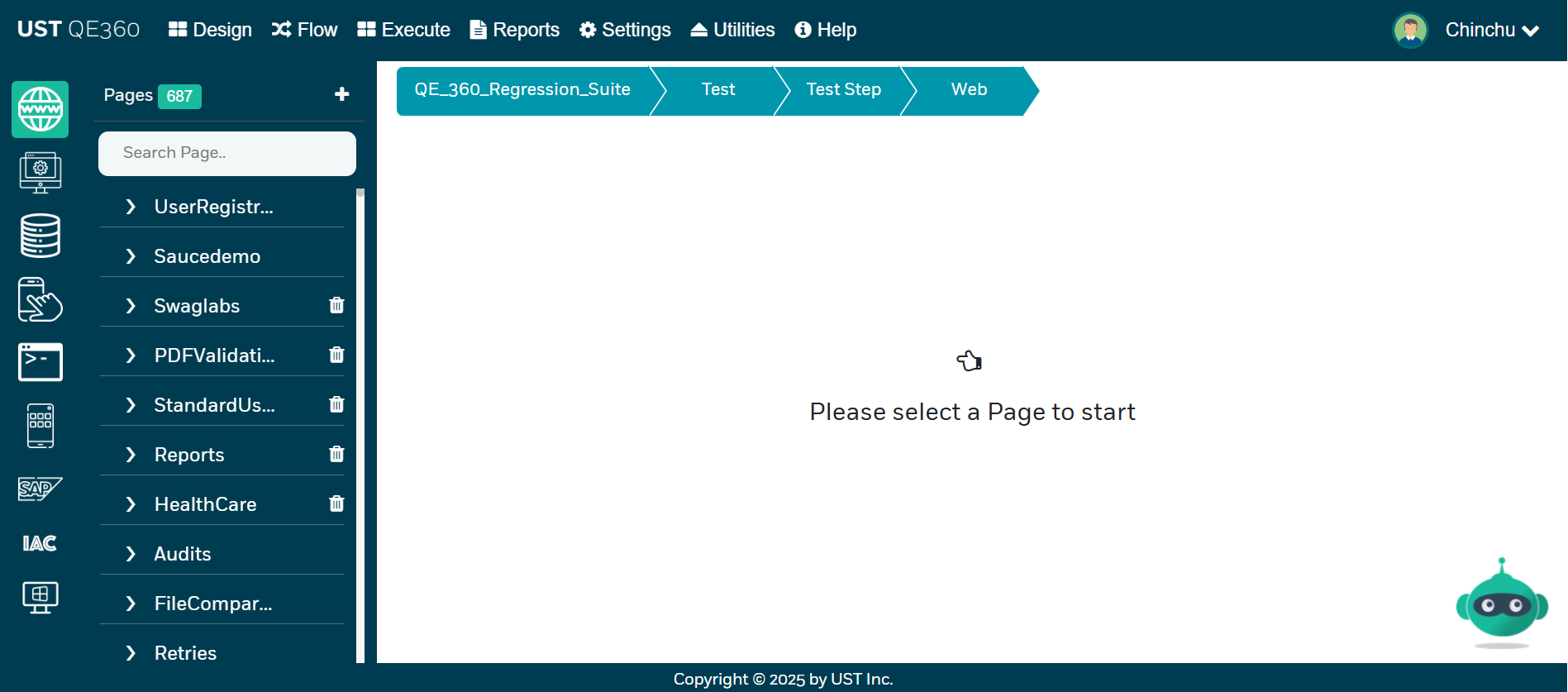
- AI-powered locator matching
Self-healing via AI-based object recognition ensures even frequent UI changes won’t break your automation.
Why retail leaders trust QE360
Retail QA teams choose QE360 to:
- Scale automation across all retail touchpoints
- Reduce flakiness with self-healing execution
- Empower non-technical users to build tests
- Integrate seamlessly with CI/CD workflows
- Ensure consistent omnichannel quality
Conclusion: Omnichannel testing, reinvented
Retail transformation is happening fast, and customer expectations are increasing even faster. QE360 helps QA teams deliver consistent, reliable omnichannel experiences by transforming test automation from a bottleneck into a competitive advantage. With no-code authoring, AI-powered healing, and cross-platform support, QE360 lets you release with confidence, agility, and precision.
Learn more about UST QE360 solutions for retail.


